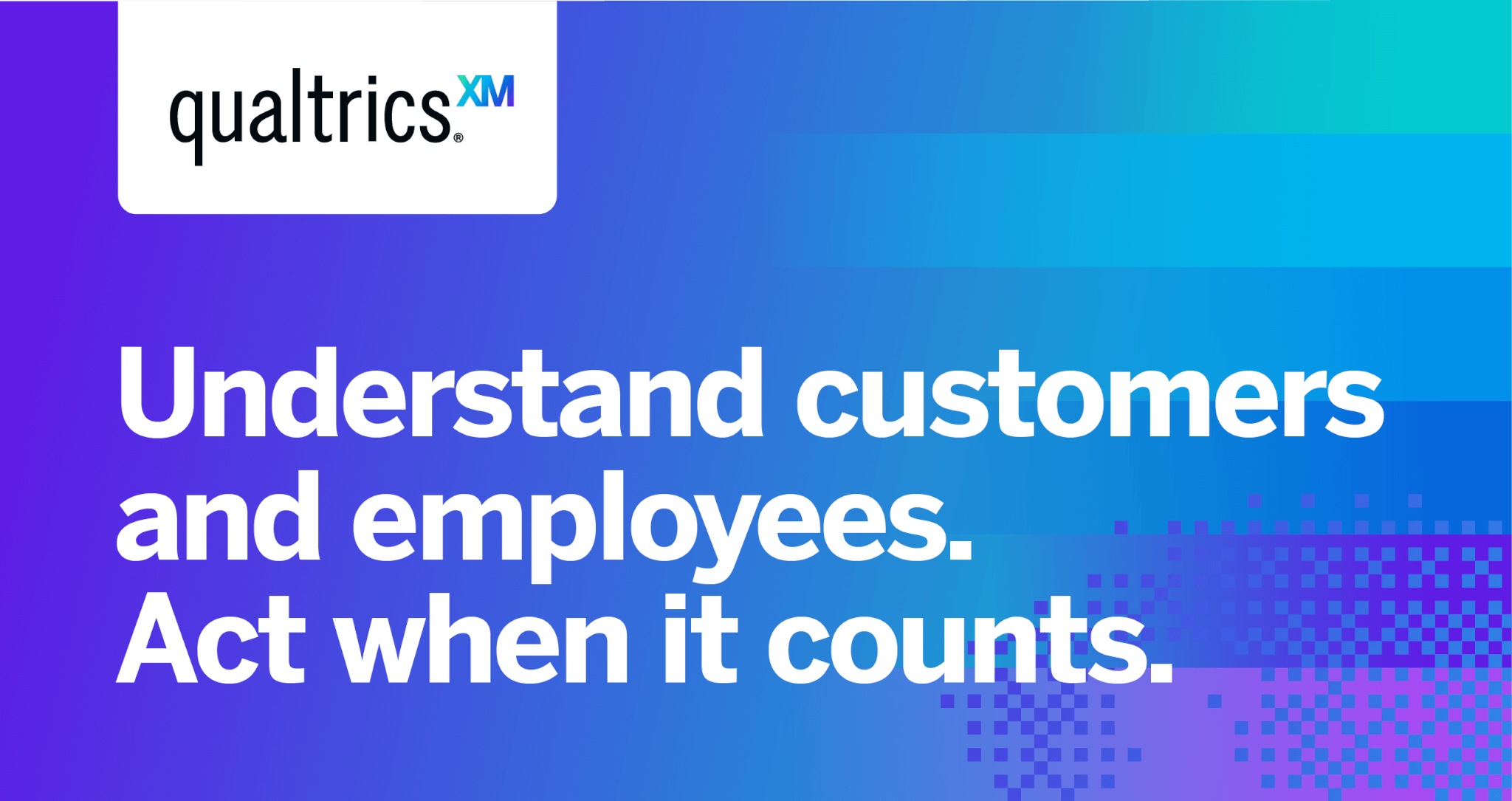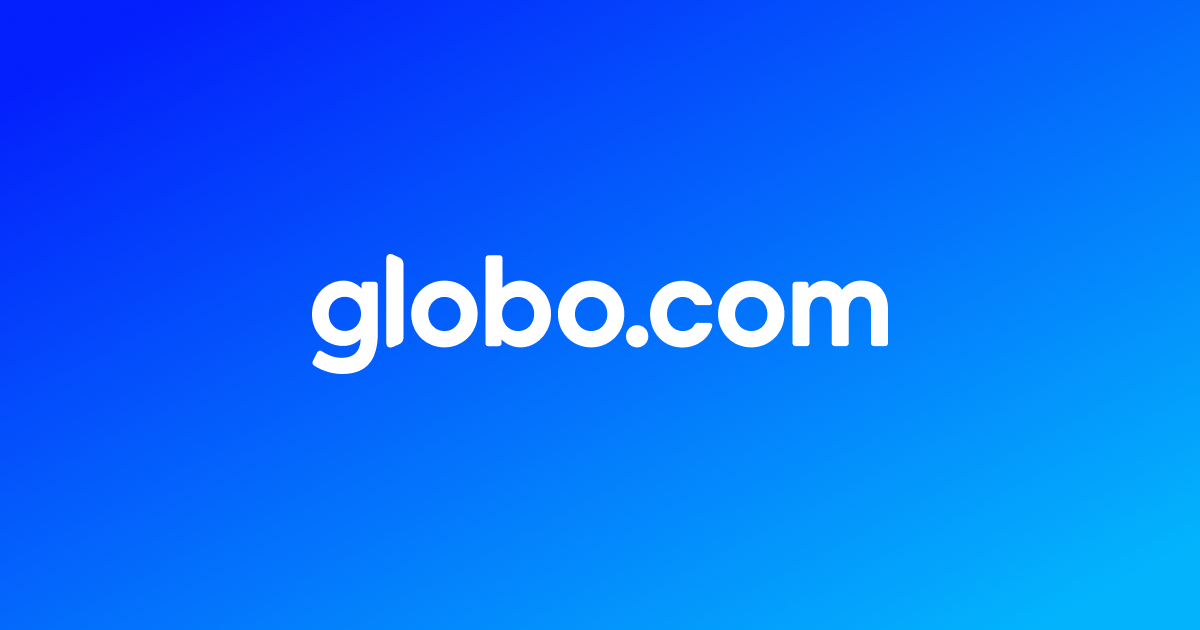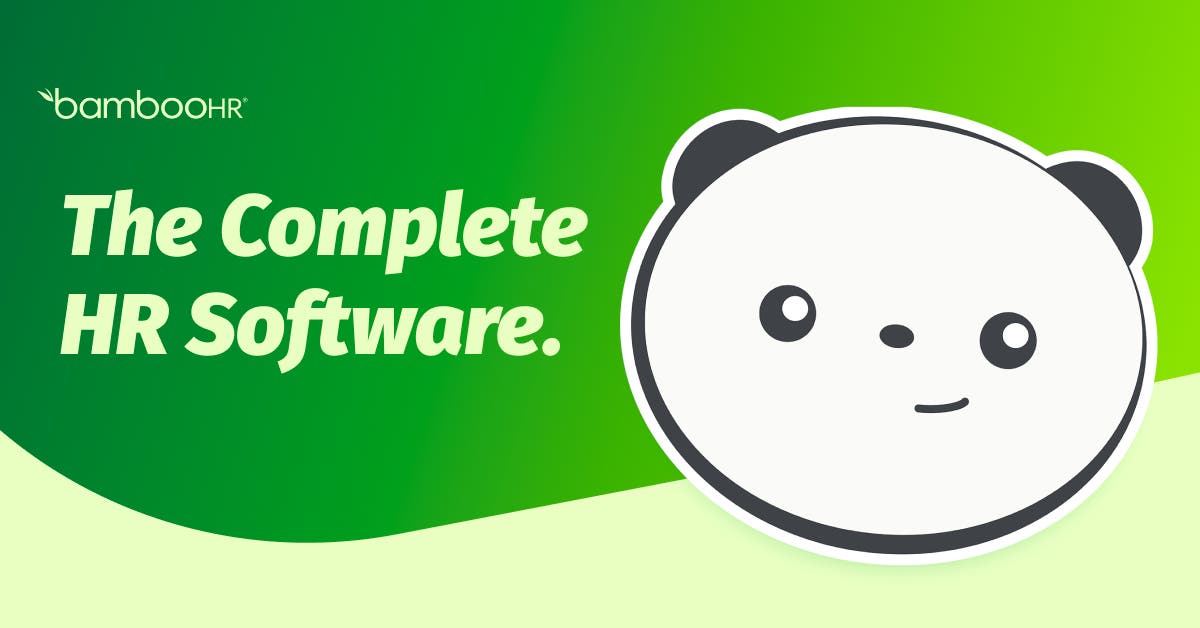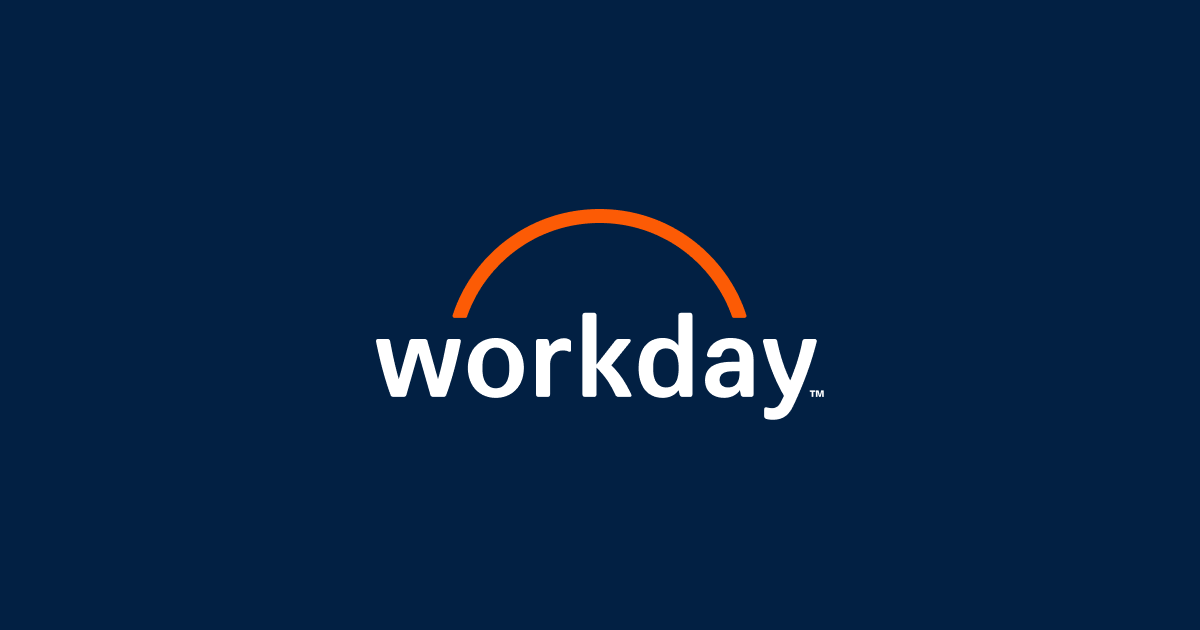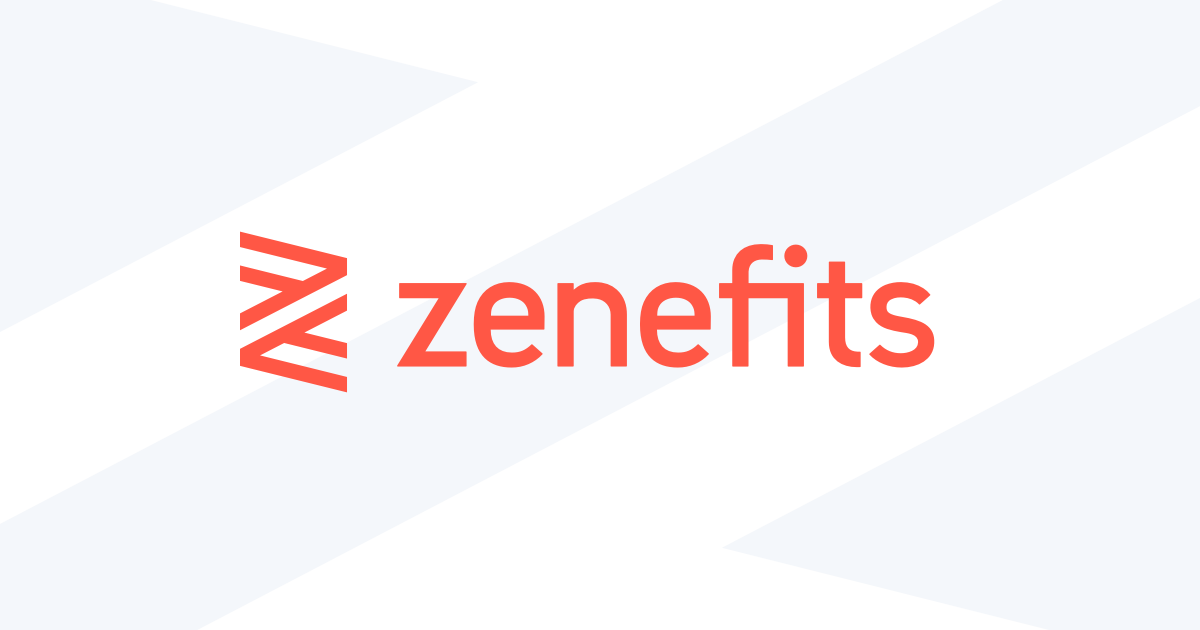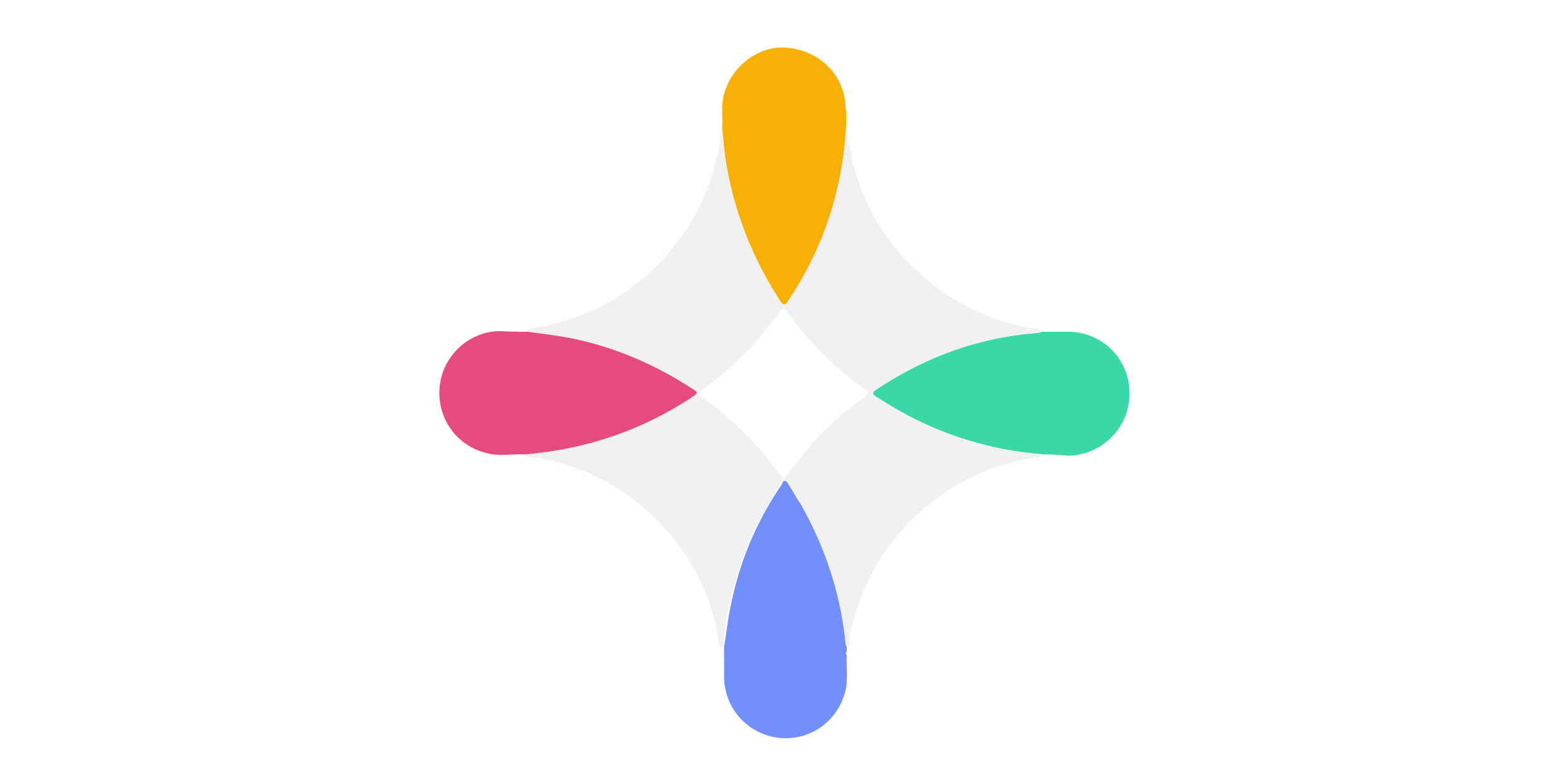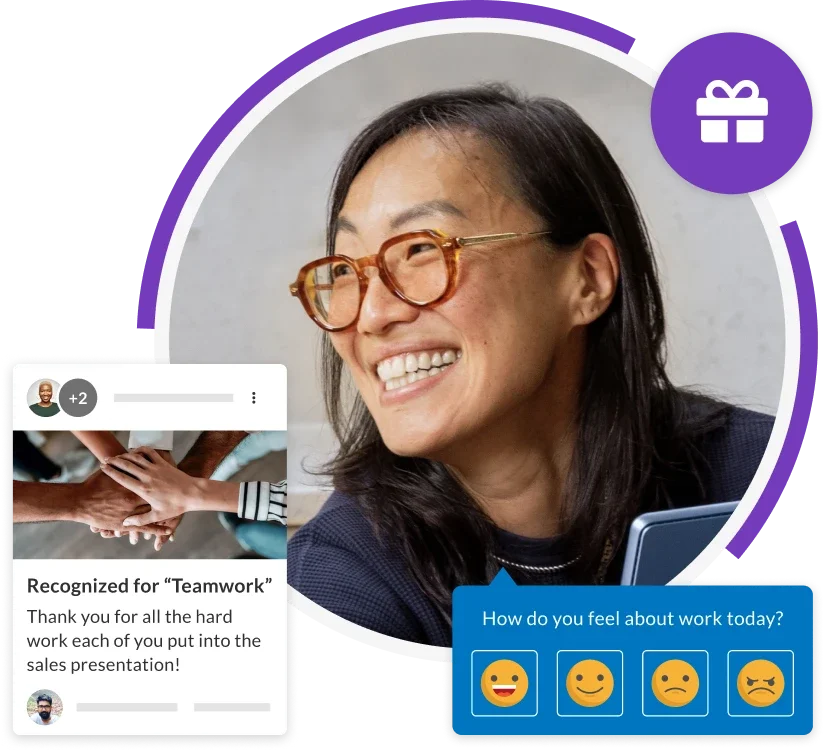Introduction
Employee recognition is essential for boosting motivation, improving retention and increasing productivity. However, with so many recognition software options on the market, it can be difficult to determine the right solution. This blog evaluates and compares 15 leading employee recognition platforms based on core features, usability, pricing models, customer reviews and other evaluation criteria to help HR leaders and people managers pick the best software for their unique needs and budget.
Methods of Evaluation
To evaluate and rank the top 15 employee recognition software, we assessed each platform based on the following conventional evaluation methods: features, ease of use, pricing, customer support and reviews. We also leveraged additional modern criteria like number of backlinks, average monthly traffic and keyword search trends over the last year to gauge real user interest and demand for each vendor. This comprehensive evaluation approach helps provide the most accurate representation of which platforms are truly leading the market right now.
1. Qualtrics
Qualtrics is an experience management software that offers extensive employee recognition capabilities. For over 15 years, Qualtrics has helped organizations design extraordinary experiences that drive incredible results. With Qualtrics, teams can understand employee sentiment, identify what’s working and what’s not, and take action to improve the overall employee experience.
Pros: Key advantages of Qualtrics’ employee recognition software include extensive feedback capabilities to understand employee sentiment, robust insights on engagement and experience that help HR prioritize initiatives, and strong integrations with platforms like Workday, SAP SuccessFactors, Oracle, and ADP that allow recognition programs to be easily managed through existing HR systems.
Cons: One potential disadvantage is that Qualtrics offers a full experience management platform beyond just employee recognition, so organizations may end up paying for additional features they do not need if employee recognition is the sole goal. Licensing and support costs can also be higher compared to smaller dedicated recognition vendors.
Pricing: Qualtrics pricing is based on the number of employee licenses needed. Contact a sales representative for an exact quote, but generally licenses start at around $50 per employee per year for the basic package with additional features, integrations, and support available in higher-tiered plans.
Some key stats about Qualtrics’ employee recognition capabilities include: ability to recognize over 10,000 employees per month, integrate with all major HR platforms, track over 250,000 metrics on employee engagement and sentiment, and insights are generated based on over 100 million employee surveys collected annually.
2. Globo
Globo is an employee recognition and engagement software used by thousands of companies worldwide. Founded in 2005 and based in São Paulo, Brazil, Globo aims to foster connections and relationships within organizations through meaningful recognition.
Pros: Some key advantages of Globo include: – Excellent solutions for global, multilingual companies – Intuitive social recognition features that encourage engagement – Robust analytics and insights for people managers
Cons: Potential disadvantages could include a steeper learning curve for more complex analytics and reporting features compared to simpler solutions
Pricing: Globo offers tiered pricing plans starting at $5 per user per month for basic functionality up to $12 per user per month for advanced analytics and unlimited customization.
Some key stats about Globo include: – Used by over 5,000 companies globally – Supports over 20 languages – Provides recognition features, analytics, and a social platform – Wins numerous awards for HR technology innovation
3. BambooHR
BambooHR is an industry-leading HR software company that offers a complete human capital management (HCM) solution. In addition to core HR functions like benefits administration and payroll, BambooHR also offers an employee recognition add-on. The recognition functionality allows companies to build robust reward and recognition programs to engage employees.
Pros: Key advantages of BambooHR’s employee recognition solution include: – Intuitive workflows for nominating, approving, and distributing rewards – Robust reporting and analytics on recognition programs – Integrates seamlessly with the core BambooHR HCM platform – Support for various reward types including gift cards, achievement badges, and public acknowledgments
Cons: One potential disadvantage is that BambooHR’s recognition functionality requires purchasing the additional recognition add-on module. So the startup costs may be higher compared to recognition-only solutions.
Pricing: Pricing for BambooHR’s recognition solution depends on the company’s team size. Starting pricing begins at $6 per employee per month for teams of 10 or fewer employees and scales down from there. Custom pricing is available for enterprises.
Some key stats about BambooHR include: – Used by over 25,000 organizations worldwide – Processes payroll for over 2 million employees each month – Over 15 years of industry experience – Consistently earns high ratings for ease of use and customer support
4. Greenhouse
Greenhouse is a leading applicant tracking system (ATS) and recruiting platform that provides talent acquisition software and solutions. Founded in 2012 and headquartered in New York City, Greenhouse helps companies like Glossier, Reddit, and Vimeo hire top talent. In addition to core ATS functionality like applicant tracking, candidate sourcing, and interviews, Greenhouse offers an employee recognition module to help welcome and onboard new hires.
Pros: Some key advantages of Greenhouse’s employee recognition software include:
– Integrates seamlessly with the Greenhouse ATS for a seamless onboarding experience
– Administrators can create custom recognition programs and badges for new hires
– Managers and teammates can publicly recognize and reward new employees
– Help new hires feel welcomed and supported in their first weeks on the job
Cons: One potential disadvantage is that Greenhouse’s recognition module is only available as an add-on for existing Greenhouse ATS customers. Companies using a different ATS would need to switch over to also leverage the employee recognition features.
Pricing: Pricing for Greenhouse depends on the needs and team size of each organization. Core ATS plans start at $99/month for the essentials package. The employee recognition module is an additional $49/month as an add-on for existing ATS customers.
Some key stats about Greenhouse include:
– Used by over 5,000 companies including 1 in 3 of the Fortune 100
– Over 500 employees globally
– Processes over 40 million applications annually
– Recognized as a leader in the ATS space by G2, Gartner, and others
5. Workday
Workday is a leading global provider of enterprise cloud applications for finance and human resources. Founded in 2005, Workday delivers financial management, human capital management, planning, and analytics applications designed for the world’s largest companies, educational institutions, and government agencies. With over 50 million users worldwide, Workday serves more than 7,500 customers across industries.
Pros: Some key advantages of Workday’s employee recognition software include:
– Leading full suite HCM platform with deep capabilities for core HR, payroll, talent and workforce management
– Robust global payroll and core HR functions support multinational organizations
– Advanced analytics on workforce metrics to identify top performers and areas for improvement
Cons: One potential disadvantage is the higher costs compared to some other employee recognition software solutions due to Workday being a full HRIS platform rather than a standalone recognition app. However, for large enterprises the value may outweigh the higher price point.
Pricing: Workday pricing is typically quoted on an annual subscription basis based on the number of user seats. Pricing can vary significantly based on the number of users, specific applications and services included, and contract term. On average for a mid-size deployment, customers should expect to pay in the range of $100 – $200 per user per year.
Some key stats about Workday include:
– Over 50 million users worldwide
– Serving more than 7,500 customers across various industries
– Publicly traded company with a market cap of over $50 billion
– Ranked as a leader in Gartner’s Magic Quadrant for Cloud HCM suites for multiple years
6. SuccessFactors
SuccessFactors is a leading employee recognition and talent management software owned by SAP. Founded in 2001 and headquartered in Pleasanton, California, SuccessFactors provides companies with a unified suite of cloud-based human capital management (HCM) solutions. Its employee recognition software helps companies motivate, engage and retain employees through continuous feedback, peer-to-peer recognition, and rewards.
Pros: Key advantages of SuccessFactors’ employee recognition software include: – Holistic talent management capabilities from parent company SAP – Strong focus on continuous performance management and recognition features – Excellent integrations with other HR systems for a unified employee experience
Cons: One potential disadvantage is the software is part of a larger SAP suite, so it may not be as customizable as point solutions and requires additional investment in SAP products.
Pricing: Pricing for SuccessFactors’ employee recognition software depends on the number of users and desired functionality. Generally, customers can expect to pay anywhere from $5-15 per user per month for basic capabilities up to $30-50 per user per month for advanced talent management and continuous performance management features.
Some key stats about SuccessFactors’ employee recognition solution include: – Used by over 4,500 customers worldwide across industries – Recognizes over 500 million employees annually – Integrates with other HR systems like SAP HCM, Workday, and Oracle HCM – Available in over 40 languages
7. Zenefits
Zenefits is an award-winning all-in-one HR, benefits, and payroll platform based in San Francisco, California. Founded in 2013, Zenefits offers a complete suite of people management tools designed to simplify HR compliance and workflow for businesses of all sizes.
Pros: Some key advantages of Zenefits include:
– Seamless integration with market-leading HRIS systems like ADP and Paycom
– Excellent cross-functional platform for benefits enrollment, time off requests, expenses, and more
– Proven track record supporting mid-market businesses with 100-5,000 employees
Cons: One potential disadvantage is that the platform is most suited for mid-sized companies and may not have all the advanced customization options needed for very large enterprises.
Pricing: Zenefits offers straightforward pricing based on the number of users. Starting at $5 per employee per month for Essentials, and scaling up to $15 per employee per month for the most fully-featured version, Unlimited.
Some key stats about Zenefits include:
– Over 8,000 customers nationwide
– Supports over 1 million employees
– Integrates with over 500 HRIS/payroll systems
– awarded a leader in Gartner’s Magic Quadrant for HR Service Delivery Applications
8. Trakstar
Trakstar is employee performance and recognition software that helps companies recognize and reward top performers. Founded in 2008, Trakstar offers a full suite of recognition, engagement and performance management tools to empower managers and boost employee motivation.
Pros: Some key advantages of Trakstar include:
– Fully featured employee recognition platform that allows customization of rewards
– Customizable rewards catalog where companies can create their own rewards or shop the catalog
– Robust engagement analytics that provide insight into recognition behavior and sentiment
Cons: A potential disadvantage is that the advanced reporting and analytics are only available in the most expensive pricing tier, which may not be feasible for some smaller businesses.
Pricing: Trakstar offers 3 pricing tiers:
– Free Plan: For up to 10 users with limited features
– Professional Plan: $6/user per month billed annually for up to 250 users
– Enterprise Plan: Custom pricing for 250+ users with unlimited features
Some key stats about Trakstar include:
– Used by over 5,000 companies worldwide
– Recognized over 50 million times
– Tracks goals and performance reviews for over 2 million users
9. Lattice
Lattice is an employee recognition and continuous performance management software. Founded in 2015 and headquartered in San Francisco, Lattice’s people management platform helps team leaders strengthen engagement, development and retention through continuous check-ins, peer recognition and real-time feedback. The company currently has over 4,000 customers, including Anthropic, Notion, Thumbtack and DigitalOcean.
Pros: Some key advantages of Lattice include:
– Intuitive continuous performance management workflow
– Customizable goal-setting capabilities to align teams
– Robust people analytics and insights for managers
– Easy integration with other workflow tools like Slack and GitHub
– Flexible recognition programs to encourage engagement
Cons: A potential disadvantage is that the platform requires buy-in from people managers to be fully utilized. Effectiveness depends on consistent usage by leaders for tracking activities like feedback and check-ins.
Pricing: Lattice offers flexible pricing plans ranging from \$7-15 per user per month based on team size. Additional custom pricing is available for enterprise customers.
Some key stats about Lattice include:
– Supports over 4,000 customers across various industries
– Integrates with tools like Slack, GitHub and Google Calendar
– Provides people managers with insights through customizable reports and analytics
– Facilitates continuous check-ins, feedback and goal-setting through an intuitive app
10. Paycor
Paycor is a leading provider of human capital management (HCM) software. Founded in 1990 and headquartered in Cincinnati, Ohio, Paycor focuses on providing unified solutions for all HRM and payroll needs through their cloud-based platform. Some key stats about Paycor include that they have over 30,000 customers across various industries and support over 1 million employees through their HCM solution.
Pros: Some key advantages of Paycor’s employee recognition solution include:
– It is part of an integrated HCM suite for a unified employee experience
– Highly customizable recognition programs tailored to company culture and values
– Dedicated client support from HCM specialists for help with recognition strategy and program implementation
– Analytics and insights into recognition behaviors to measure impact on engagement and retention
Cons: A potential disadvantage is that being part of a larger HCM platform, the recognition module has less customization capabilities than dedicated recognition apps. However, the trade-off is access to insights from linked payroll, performance, and other HR data sources.
Pricing: Paycor offers flexible pricing models for its recognition solution depending on business needs and team size starting from $7 per user per month. Additional premium features like more customization options and advanced analytics capabilities are available for an upgraded fee. Dedicated implementation support from HCM experts is also included.
Key stats about Paycor’s employee recognition solution include:
– Recognizes over 30 million peer-to-peer recognitions annually
– integrates with the full suite of HCM tools including payroll, time and attendance, benefits administration, and talent management
– Customizable recognition programs, points systems, and rewards catalogs
11. Officevibe
Officevibe is employee engagement and performance software that helps companies improve employee experience, engagement, and retention. Founded in 2012 and headquartered in Montreal, Officevibe offers a cloud-based platform to empower managers and boost employee satisfaction.
Pros: Key advantages of Officevibe include:
– Strong focus on frequent pulse surveys to understand employee sentiment in real-time
– Customizable recognition programs to celebrate wins and milestones
– Real-time insights and analytics on engagement, sentiment, and performance trends across teams and departments
Cons: One potential disadvantage is that the free version only allows for limited functionality and customization options. Some advanced features require upgrading to one of the paid subscription plans.
Pricing: Officevibe offers three pricing tiers:
– Free plan – Limited to one survey per month and 5 users
– Standard plan – Starting at $49/user/month for unlimited surveys and reports
– Premium plan – Starting at $99/user/month with additional admin controls and customized branding
Some key stats about Officevibe include:
– Used by over 3,000 companies worldwide including Starbucks, IKEA, and Microsoft
– Conducts over 50 million employee surveys per year
– Has over 500 recognition badges and points to motivate employees
12. Dayforce
Dayforce is a cloud-based HCM platform developed by Ceridian that offers comprehensive employee recognition capabilities. Dayforce provides tools to recognize and reward employee achievements in real-time across the entire workforce.
Pros: Key advantages of Dayforce’s recognition tools include: robust workflows for nominating, approving and sharing recognition; ability to recognize employees for core values and competencies in addition to task-based accomplishments; dedicated support from Ceridian experts; seamless integration with Dayforce’s payroll, HR and talent management modules.
Cons: One potential disadvantage is that all of Dayforce’s features require a full suite subscription which can be costly for smaller businesses or those with limited HR needs.
Pricing: Dayforce offers subscription-based pricing that varies based on the number of users and modules required. Contact a Ceridian sales representative for a customized quote.
Some key stats about Dayforce’s recognition capabilities include: ability to recognize over 500,000 employees; over 1 million recognition moments shared each month; integrated with social recognition platforms like Yammer, Microsoft Teams and Workplace by Facebook.
13. Culture Amp
Culture Amp is a leading employee experience platform that helps organizations measure, understand, and act on employee feedback. Founded in Australia in 2007, Culture Amp now serves over 2,500 customers worldwide across all major industries. Their market-leading platform combines employee surveys, continuous listening, performance management, and other HR tools to help companies design great workplace experiences.
Pros: Key advantages of Culture Amp include:
– Leading insights on company culture from continuous listening program
– Powerful engagement tracking and benchmarking against industry peers
– Excellent customer success team and implementation support
Cons: One potential disadvantage is that Culture Amp is priced on the higher end of the market for employee recognition software. It may not be suitable for very small companies or those with limited budgets.
Pricing: Culture Amp offers customized pricing based on company size and desired features. Generally their plans range from$99-149 per user per year for basic plans up to $249-349 per user per year for premium all-access plans.
Some key stats about Culture Amp include:
– Over 2,500 customers worldwide across all major industries
– Serves large brands like Atlassian, Canva, Twitter, and IBM
– Processes over 50 million employee experiences each year
14. Achievers
Achievers is an employee recognition and rewards platform used by large enterprises worldwide. Founded in 2004, Achievers helps organizations like 3M, Tommy Hilfiger and Nestle recognize and reward employee achievements in ways that align with business goals and increase employee engagement and retention. With its dedicated employee recognition solution, Achievers enables HR teams and people managers to easily administer rewards and recognition programs.
Pros: Some key advantages of Achievers include:
– Dedicated solution designed for large enterprises with complex needs
– Gamification features like badges and leaderboards to boost engagement in recognition programs
– Excellent support and training services included with various subscription plans
Cons: One potential disadvantage is that Achievers is best suited for large enterprises with dedicated HR/IT resources to manage the solution. The setup and deployment of Achievers may require more effort for smaller businesses.
Pricing: Achievers offers pricing tailored to business needs with annual subscription plans starting from $10 per employee per year for its Core plan up to $20 per employee per year for its Elite plan which includes additional features and premium support.
Some key stats about Achievers include:
– Over 10,000 customers worldwide
– Supports organizations with over 500 employees
– Processes over 125 million achievement nominations annually
– Offers integrations with HRIS systems like Workday, Ultimate and SAP SuccessFactors
15. 15Five
15Five is a performance management platform that focuses on continuous check-ins between managers and their teams. Founded in 2013, 15Five helps organizations increase employee engagement and performance through regular feedback. With offices in San Francisco and Toronto, 15Five currently has over 2,000 customers worldwide including Reddit, Walmart, and Cisco.
Pros: Some key advantages of 15Five include:
– Powerful goal-setting and check-ins feature that promotes accountability and development
– Robust people insights and analytics dashboard to understand engagement and performance trends
– Effortless integration with other popular HR platforms for a seamless experience
– Intuitive mobile app allows for feedback on-the-go outside of scheduled check-ins
Cons: One potential disadvantage is that 15Five is suitable more for larger companies with established HR teams and processes. The platform may have a steeper learning curve for very small businesses.
Pricing: 15Five offers simple monthly pricing plans starting at $6 per user per month for their basic Standard plan, which includes unlimited users, check-ins, and goals. Their mid-tier Professional plan is $10 per user per month and adds productivity scorecards, custom fields, and SSO integration. Finally, their highest Enterprise plan is custom priced for large organizations.
Some key stats about 15Five include:
– Over 2,000 customers worldwide including well-known brands
– Used by over 500,000 employees globally for regular feedback
– Integrates with major HR platforms like Workday, BambooHR, and Namely
– Average customer sees a 22% increase in employee engagement within the first 6 months
Conclusion
Whether you need a basic rewards and recognition solution or a more robust employee experience platform, this research has highlighted the top options to consider. By understanding key differences in features, pricing, support and other factors, HR leaders can make a more informed choice on the recognition software that will maximize engagement and performance within their unique organizational culture and budget. With the right solution in place, companies can foster motivation, loyalty and productivity among their workforce.




